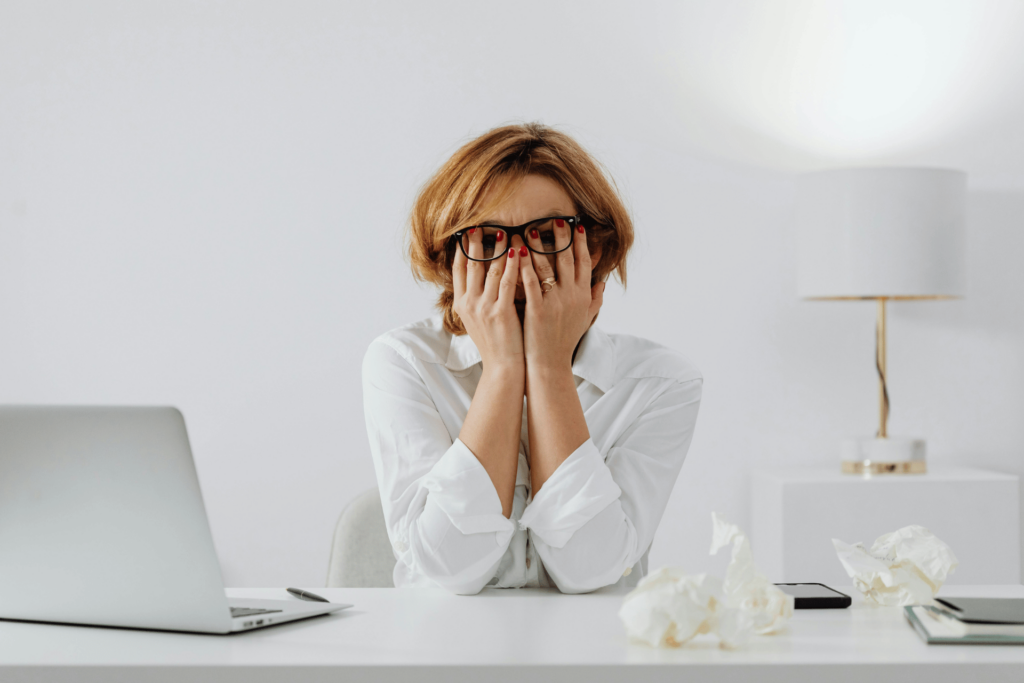 Earth Day is only days away!
Earth Day is only days away!
First organized in 1970, the concept of Earth Day marked the advent of the modern day environmental movement. It’s a time to rededicate our efforts in being more proactive about going “green” and preserving the “mother” we all share.
While the outdoor environment and matters of sustainability are still major themes today, what concerns me most is the quality and purity of the indoor environment. As a matter of fact, indoor air pollution is one of the leading health risks in the environment. In fact, some chemicals may be nearly 100 times more concentrated indoors than outdoors. Since many Americans spend as much as 90 percent of their time indoors, we need to readjust our viewpoint of environmental degradation as just an outdoor concern.
Start small.
Simple changes like drinking out of reusable cups (like mugs) instead of disposable styrofoam ones, carpooling when you can, and never throwing something in the garbage that can be recycled makes a huge collective impact.
In the workplace, take a page from the Kootenai Health cleaning crews here in North Idaho. They have recently reported that instead of regular cleaning tools they now use micro-fiber mops and rags, which absorb bacteria and viruses while using zero-cleaning chemicals and minimal water.
In the past, I contributed to an article for Everyday Health where several experts came together to give advice on how to minimize indoor allergies.
Here’s an excerpt from Paula Baker-Laporte, FAIA, bau-biologist, with “healthy home” tips I especially enjoyed.
“First, make sure that your home is free of the obvious health concerns such as mold, pesticides, lead paint, asbestos, and high electro-magnetic radiation. If there is a forced air system, do a thorough chemical-free cleaning and replace filters with high efficiency ones. And if you can replace the heating system with hydronic radiant heating or a masonry heater – wonderful! Next, concentrate on the bedroom. We spend about a third of our lives in this room. Take out carpeting, put in a natural wood-floor finish made with non-toxic oils, use an organic metal-free bed, establish a neutral electro-climate in the bedroom (maintain a humidity level of 35 to 55 percent), finish the walls with soothing clay-based paints or plaster, and keep it clean. Stay educated and aware of how new toxins get introduced into the home. Toxic chemicals are ubiquitous in home-decorating products, and it is up to the consumer to shop wisely.”
Here are a few of my super-natural home environment tips:
• Vacuum rather than dust-mop or sweep floors. Dust and dirt particles can be scattered into the air, thus more easily inhaled. Water-based vacuum cleaners are excellent. Central vacuum cleaning systems also clean without creating dust.
• Change pet litter boxes daily. They are a great source of mold and harbor other problems such as parasites.
• Keep in mind that NASA has studied the effects of various indoor plants on air quality for decades. These natural air purifiers are especially good at removing toxins. Aloe vera axes formaldehyde, baboo banishes benzene and trichloroethylene, the spider plants eat carbon monoxide, the red emerald philodendron helps remove all indoor toxins, dwarf date palms remove zylene (a chemical found in solvents, paints, and adhesives), corn plants (dracaena) help eliminate cigarette smoke, and Chrysanthemums ax ammonia.
• Keep grass, weeds, and leaves away from your windows and the entrance to your house.
• Instead of chemical fresheners, use fresh fragrant flowers and baking soda or simmer herbs and spices to freshen your rooms.
And, as always, please visit earthday.org to get involved in an Earth Day celebration in your area.









2 Responses
When you say to use a metal-free bed, are you talking about springs, or the frame, or the headboard/footboard, or all of these? Why metal-free?
Metal can conduct emf’s. Metal springs can put you at risk for attracting radio waves, because of the sine wave of the wave.